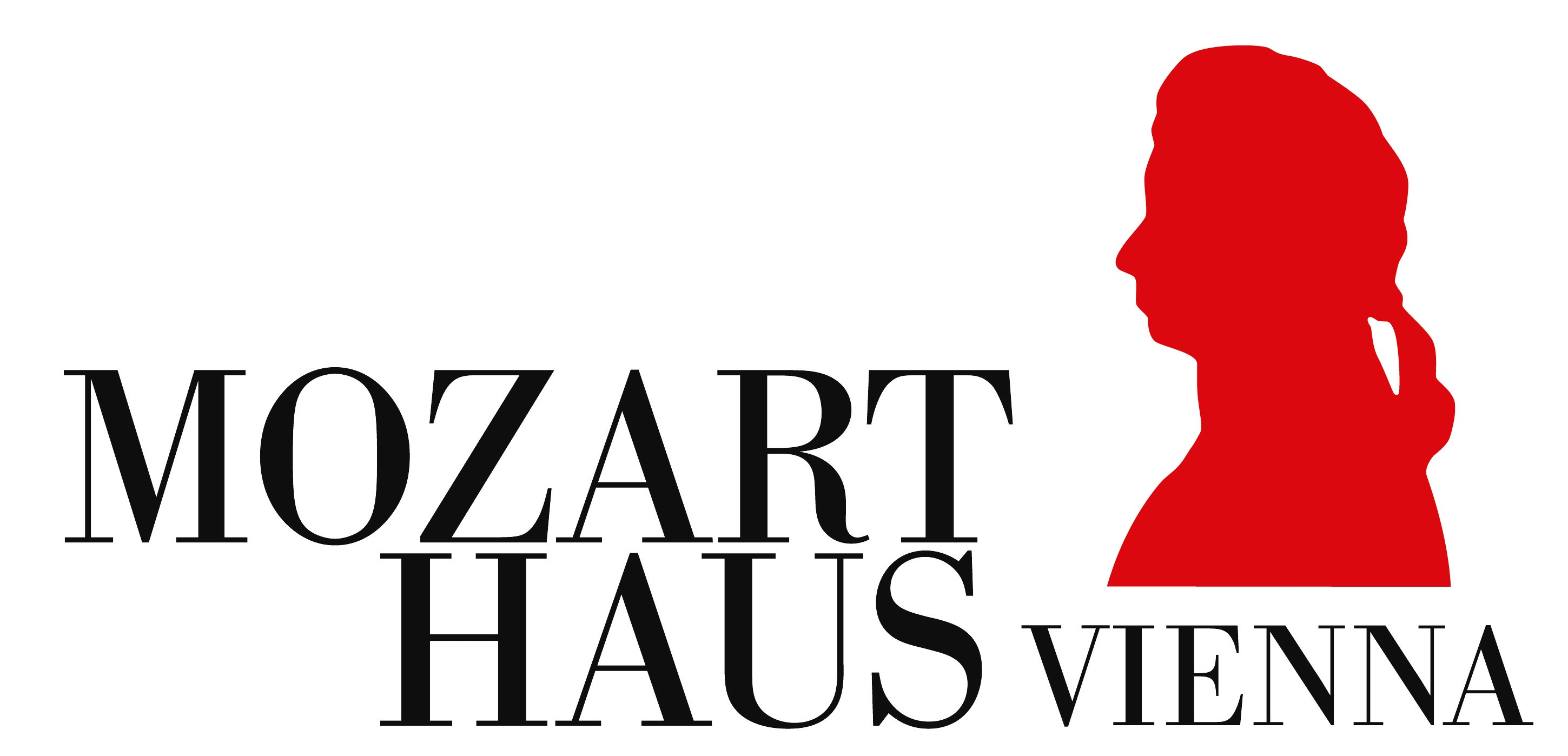Don Giovanni
Donna Anna
Donna Anna is honest and authentic but also possesses archaic character traits such as stubbornness, jealousy and, above all, revenge. She is one of Mozart’s most complex structures. She is intent on revenge for her father, even if it destroys her relationship with Don Ottavio. She experiences powerful inner conflicts, and her emotions are driven by a desperate but unconscious search for confirmation, tranquility and inner peace, love and, dominating everything, bloody revenge.
Mozart’s music for Donna Anna reflects her complicated character. It is agitated, with jagged rhythms and extreme contrasts in tempo and dynamics. It features complex modulations, going in the first aria from D major to D minor, then to the median F minor and finally F major. Her sweeping rondo Non mi dir has coloratura, expressive chromatic, syncopated and appoggiatura passages. This is all used by Mozart to express Donna Anna’s passionate character: diverse, extreme and impulsive.
____________________________________________________________________________________________________________
Donna Elvira
Donna Elvira is a strong-willed woman. She is determined, passionate and sensitive, with a slight tendency to melodramatic exaggeration in her narrations. She seeks true love in all her relationships. She wants to save Zerlina from Don Giovanni but also wishes to assert her claim as his legitimate wife.
Donna Elvira’s has a volatile but clear direction with a repeatedly staccato rhythm emphasizing her anger at Don Giovanni. The great interval leaps are indications of her energy but also of her inner conflict. In her last aria, Mozart has her accompanied by the orchestra with swaying quaver passages, a reflection of Donna Elvira’s vacillating emotions.
____________________________________________________________________________________________________________
Zerlina
Zerlina is naïve and innocent at first, but after her experience with Don Giovanni she becomes manipulative. She embodies the survival principle and prevails despite her social status.
The wedding with Masetto features a buoyant folksy melody with harmonies and joyful rhythm. In La ci darem la mano, Don Giovanni’s famous seduction duet, the music has a quasi-aristocratic feel. The solo cello in the aria Batti, batti has a special place in Mozart’s music, with the melody in swaying 6/8 time and regular second intervals to convey a mood of inner peace. The sighing and heartbeat motif in Vedrai carino is unique.


